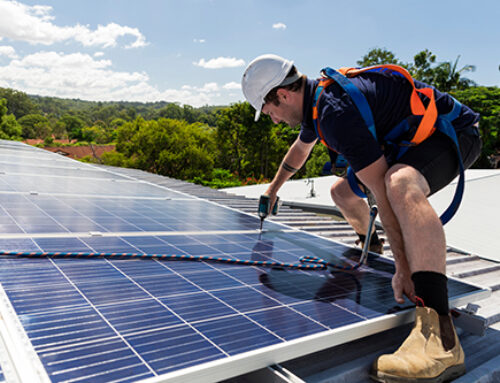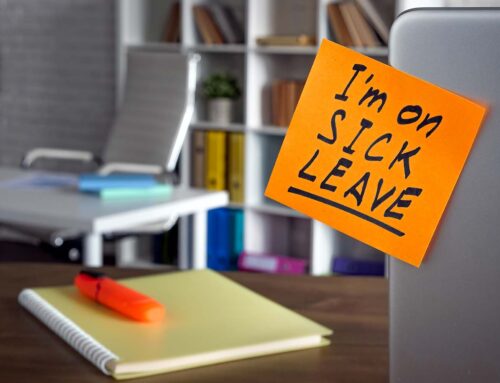Article summary: Safe Work Australia has recently published the Decision Regulation Impact Statement on the prohibition of the use of engineered stone. This decision was informed by stakeholder consultations, independent economic analysis, and expert reviews. The report highlights the significant health risks posed by respirable crystalline silica, especially to workers who regularly handle engineered stone.
Engineered stone emerged as a popular choice for its durability and aesthetic appeal. However, beneath its polished surface lies a concerning health risk that has caught the attention of Safe Work Australia. As cases of silicosis, a lung disease caused by inhaling fine silica dust, began to rise among workers handling engineered stone, the call for a deeper look into the material’s safety became paramount.
What is engineered stone and what are the risks?
Engineered stone, at first glance, might seem like any other stone used in construction or interior design. But there’s more to it than meets the eye. Engineered stone is an artificial product that blends natural stone materials with other chemical constituents, such as water, resins, or pigments. Through a hardening process, these components come together to form a solid surface. While it excludes products like concrete, bricks, or ceramic tiles, its primary distinction is its crystalline silica content. This element, while giving the stone its robustness, is also the root of the many rising health concerns.
The allure of engineered stone, with its versatility and aesthetic charm, has made it a favourite in various applications. However, the health risks associated with it are becoming increasingly hard to ignore.
The primary concern? Silicosis.
Silicosis is a severe lung disease that results from inhaling tiny particles of silica dust. Over time, these particles scar the lungs, making breathing difficult and leading to other complications. For workers in and around the engineered stone industry, the risk is alarmingly high. The process of cutting, grinding, and polishing the stone releases this harmful dust, putting workers in direct harm’s way.
But it’s not just the immediate effects that are concerning. The long-term implications of silicosis include chronic respiratory issues, reduced lung function, and in severe cases, it can be fatal.
Why is action needed?
The health and well-being of workers should always be at the forefront of any industry. With the rise in cases of silicosis and silica-related diseases, it’s evident that there’s a significant gap in ensuring the safety of those working with engineered stone. The repercussions are not just limited to the affected workers. The physical and emotional toll, coupled with a reduced ability to work and a decline in the quality of life, has ripple effects on families and communities.
Beyond the personal impact, there are broader implications. The public health system bears the brunt of diagnosis, treatment, and disease management costs. Moreover, the industry’s persistent non-compliance with WHS laws, despite extensive education and awareness campaigns, highlights a systemic issue.
Given the disproportionate number of silicosis cases among engineered stone workers and the younger age of diagnosis, the need for government intervention is not just necessary; it’s urgent. The Decision RIS underscores this urgency, calling for immediate measures to protect the health and safety of workers.
Safe Work Australia’s recommendations
Considering the mounting evidence and growing concerns, Safe Work Australia has taken a firm stance on the issue. Their primary recommendation? A complete prohibition on the use of all engineered stone, regardless of its crystalline silica content. This bold move underscores the gravity of the situation and the commitment to worker safety.
But the recommendations don’t stop there. Recognising that there might be scenarios where engineered stone already in place needs attention, Safe Work Australia suggests introducing a licensing scheme. This scheme would ensure that appropriate controls are in place to safeguard worker health when engineered stone requires removal, repair, or modification.
It’s worth noting that the final decision on prohibiting the use of some or all engineered stone rests with WHS ministers. However, Safe Work Australia’s recommendations set a clear direction for the industry’s future.
A closer look at the evidence
The recommendation to prohibit the use of engineered stone wasn’t made lightly. It’s a culmination of extensive research, analysis, and a genuine concern for the well-being of workers. Here’s a closer look at the rationale behind this decision:
- Unacceptable risk to workers: Simply put, engineered stone poses a significant health risk. The unique hazards associated with the dust from this material make it particularly dangerous, especially when considering there’s no evidence that lower silica engineered stone (e.g., 40% or 10%) is any safer.
- Ongoing non-compliance: Despite numerous educational and awareness-raising activities, there’s been a persistent lack of compliance with WHS laws by businesses and workers in the engineered stone industry. This ongoing issue indicates a deeper problem that needs addressing.
- Evidence-based decision: The recommendation isn’t just a knee-jerk reaction. It’s based on hard evidence. Engineered stone workers are not only over-represented in silicosis cases, but they’re also diagnosed at a much younger age than workers from other industries. Additionally, the physical and chemical differences between engineered and natural stone, combined with the high levels of respirable crystalline silica, contribute to more rapid and severe diseases.
In essence, the recommendation is a proactive measure, aiming to prevent further harm and protect the future of workers in the industry.




